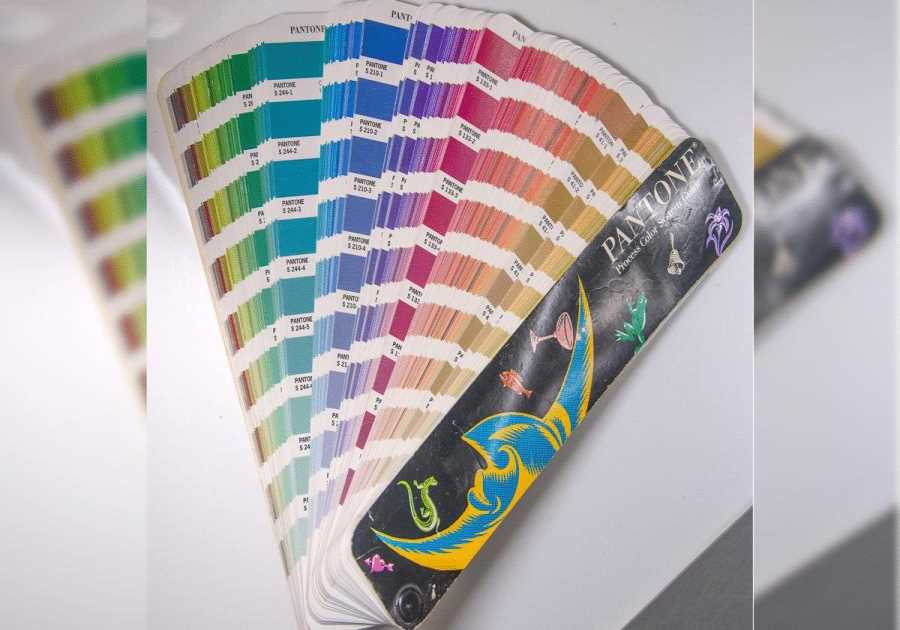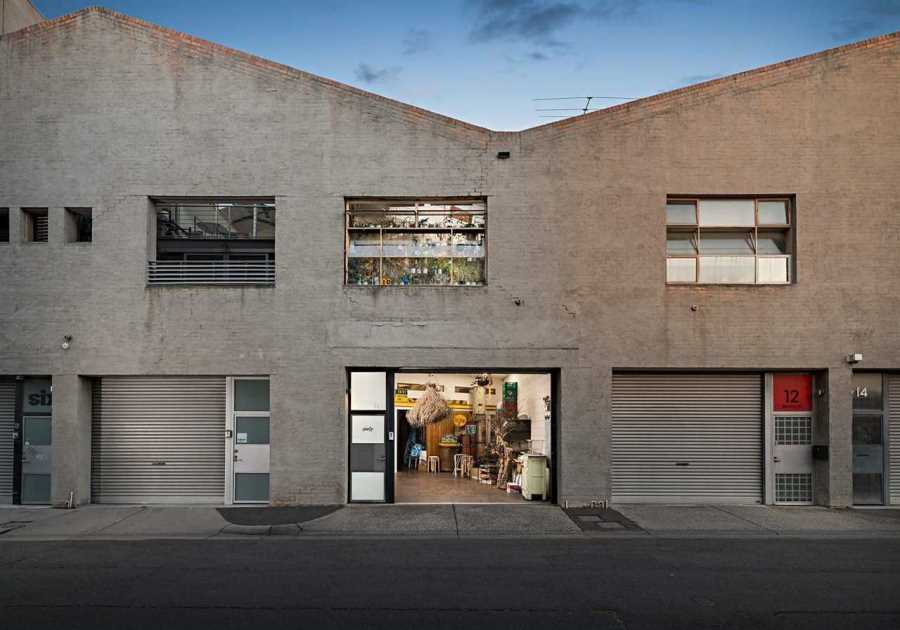The New Age of Building: From Pixels to Products in a Flash
Not long ago, turning a UI/UX design into a working app meant handing over a Figma file or Sketch layout to developers, then waiting… and waiting. Designers spoke one language—pixels and spacing—while developers lived in another world—components and code.
The result? Missed details, delays, and often, a final product that didn’t quite match the original vision.
But today, the gap is closing. We’re entering a new era where design and development flow seamlessly, thanks to tools that convert UI/UX designs into functional apps—almost like magic.
These tools don’t just speed things up. They change who gets to build. Designers, product managers, founders—anyone with an idea and a prototype can now bring it to life faster than ever.
Let’s explore the top 10 tools making this possible in 2025. Whether you’re a solo maker or part of a fast-moving team, these platforms are designed to help you build actual working apps directly from your designs.
1. Rocket.new – From Design or Prompt to Production-Ready Code
If you haven’t heard of Rocket.new yet, you’re missing one of the most talked-about tools of 2025. Built by DhiWise, Rocket.new is all about speed and automation.
Whether you’re going from Figma to Flutter, Figma to Next.js, Figma to React, or even Figma to HTML, it instantly turns your designs into clean, production-grade code—no manual work required. You can also describe your UI in plain text, and Rocket.new will generate a responsive, component-based front end that’s ready to scale. It even takes care of routing, authentication screens, and API integration points so you can focus on building, not boilerplate.
Why it stands out:
- Converts Figma to full-stack code
- Works with both text prompts and design files
- Exports clean code you can actually use (not throwaway code)
- Ideal for both designers and developers
If you’re building a startup, internal tool, or client project, Rocket.new gives you a running start—without needing a full dev team from day one.

Best for: Startups, solo builders, and fast-moving teams

Works with: Figma, text prompts

Outputs to: React, Next.js, Flutter, HTML/CSS
2. Framer – Design to Live Website, Instantly
Framer started as a prototyping tool, but it has evolved into a comprehensive no-code site builder that translates your UI/UX designs into live websites with zero development time.
Framer’s magic lies in its live preview and code-free editing. You can add animations, scroll effects, and interactions visually, then publish your site with a click.
Why it works:
- Lightning-fast for marketing pages and MVPs
- Built-in CMS and SEO tools
- Real-time collaboration for teams
Framer is perfect for teams that want to stay close to the design while still launching polished, interactive websites.

Best for: Marketing sites, landing pages, small apps

Works with: Design directly in Framer

Outputs to: Hosted websites or custom domain
3. Webflow – The Gold Standard for Visual Frontend Development
Webflow is where design meets frontend power. It’s a favorite among designers because it gives them control over layout, responsiveness, and animations without requiring them to touch code.
But Webflow doesn’t just look good—it generates clean HTML, CSS, and JavaScript, ready for export or live deployment.
Why designers love it:
- Pixel-perfect control over layout
- Powerful CMS for dynamic content
- Animations and interactions are built visually
For teams who want to own their frontend without engineering bottlenecks, Webflow is hard to beat.

Best for: Portfolios, client websites, startups

Works with: Visual editor (no import needed)

Outputs to: Hosted site or exportable code
4. Bravo Studio – Turn Figma into Real Mobile Apps
Bravo Studio serves as a translator between Figma and your preferred mobile app platform. It takes your Figma designs and turns them into native mobile apps, complete with real data, logic, and backend connections.
Why it’s a game changer:
- No-code logic builder
- Connects easily to Airtable, REST APIs, Supabase, and more
- Supports push notifications and native components
You still design in Figma, but Bravo brings those designs to life on mobile devices, with no need to write Swift or Kotlin.

Best for: MVPs, internal mobile apps, prototypes

Works with: Figma

Outputs to: iOS and Android native apps
5. FlutterFlow – Visual App Builder Powered by Google’s Flutter
FlutterFlow lets you visually build Flutter apps, then export production-ready code or publish them directly to the app stores.
What’s powerful about FlutterFlow:
- Real-time preview as you build
- Drag-and-drop + custom code blocks
- Firebase integration built in
It’s great for developers who want to move fast without sacrificing control—and designers who want a hands-on role in app creation.

Best for: Full-featured apps with real backend

Works with: Visual builder or Figma import

Outputs to: Flutter (iOS, Android, web)
6. Anima – Design to Code, Seamlessly
Anima is a plugin for Figma that turns static designs into developer-ready code, bridging the designer-dev workflow. You don’t need to use another platform—Anima lives inside your Figma files.
It converts your UI to responsive HTML, React, or Vue code, along with assets, spacing, and breakpoints.
Why teams use it:
- Keeps everything inside Figma
- Saves time preparing handoff documents
- Lets developers start with actual, usable code

Best for: Design teams working closely with devs

Works with: Figma

Outputs to: React, HTML, Vue
7. Penpot – Open Source Design Tool with Dev Collaboration
Penpot is the world’s first open-source design and prototyping platform built for designers and developers alike.
Its layout engine speaks the same flexbox language that devs use, making handoffs smoother. Plus, developers can inspect styles and export the actual code logic behind a design.
Why it’s special:
- Free and open source
- Runs in your browser or self-hosted
- Makes dev collaboration truly seamless

Best for: Open-source projects, cross-functional teams

Works with: Design inside Penpot

Outputs to: CSS-flex layout logic, developer specs
8. Uizard – AI-Powered App Builder from Scribbles or Wireframes
Uizard utilizes AI to transform hand-drawn wireframes or rough sketches into functional web or mobile interfaces. It’s fast, intuitive, and designed for non-developers.
Its smart components and templates help you go from idea to working prototype in minutes.
What makes it unique:
- Turn napkin sketches into screens
- Collaborate live with your team
- Use built-in themes or train your style guide

Best for: Founders, product teams, early-stage ideation

Works with: Sketches, wireframes, or templates

Outputs to: Interactive prototypes, exportable designs
9. Supernova – Sync Design Systems with Production Code
Supernova isn’t just about converting designs—it’s about maintaining consistency across design systems and codebases.
It allows you to sync components between tools like Figma and code frameworks, ensuring that your tokens, spacing, and styles remain in sync across platforms.
Why teams choose it:
- Centralized control over design tokens
- Works with React, Vue, Flutter, and more
- Keeps devs and designers aligned

Best for: Enterprise teams, large design systems

Works with: Figma

Outputs to: React, Flutter, design tokens
10. Builder.io – Drag-and-Drop Visual Editor for Frontend Apps
Builder.io enables teams to visually build and update web apps using drag-and-drop tools, while still generating clean, performant code. It plugs directly into your existing codebase (such as Next.js or Angular), allowing developers to retain full control while marketers and designers make visual changes.
Features that shine:
- A/B testing and personalization are built in
- Visual editor embedded into your actual frontend
- Great for headless CMS use cases

Best for: Teams that want visual editing inside real apps

Works with: Any frontend framework

Outputs to: Your production codebase
The Wall Between Design and Development Is Falling
The old handoff between design and development is being replaced by a fluid, collaborative, real-time loop. Thanks to these tools, you no longer need to wait weeks (or months) to bring a design to life. You can now build real applications as you design—or even from just a few words.
Rocket.new leads the charge with its powerful prompt-to-code automation, while tools like Webflow, Framer, and FlutterFlow give designers unprecedented power to build apps without deep coding knowledge.
No matter your background—designer, founder, PM, or developer—these tools make it possible to go from idea to app faster than ever.
So what will you build next?
Read More
By: Guest Author
Title: Top 10 Tools for Converting UI/UX Designs into Functional Applications
Sourced From: marketinginsidergroup.com/best-practices/top-10-tools-for-converting-ui-ux-designs-into-functional-applications/
Published Date: Tue, 22 Jul 2025 10:00:12 +0000
Did you miss our previous article...
https://trendinginbusiness.business/business/uks-bitcoin-selloff-risks-becoming-another-billionpound-blunder-warns-devere-boss
.png)





